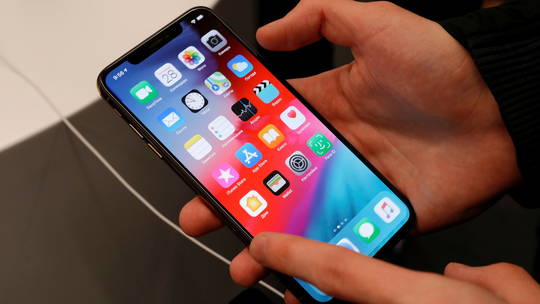By Lisa Eadicicco
Apple’s iPhone 12 shook up the company’s phone lineup in 2020. It went bigger than ever with the 6.7-inch iPhone 12 Pro Max, but also made one of the smallest phones in modern iPhone history with the 5.4-inch iPhone 12 Mini. While those sizes stayed the same for 2021’s iPhone 13 lineup, Apple may change its iPhone roster again in 2022. If it does, it could be great news for anyone who prefers big-screened phones.
Apple will cut the iPhone Mini from its lineup and replace it with what sounds like an iPhone 14 Max in 2022, according to reports from Nikkei Asian Review and well-connected analyst Ming-Chi Kuo. Yes, you read that correctly, an iPhone 14 Max, not to be confused with the expected iPhone 14 Pro Max.
We don’t know much about Apple’s 2022 lineup, but reports suggest this new 6.7-inch phone will be a bigger version of next year’s standard iPhone. A 9to5Mac report describing Kuo’s research note says we’ll likely see four iPhone models total: Two high-end iPhones in 6.1-inch and 6.7-inch sizes, and two low-end iPhones in 6.1-inch and 6.7-inch sizes. A source with direct knowledge of the matter speaking with Nikkei Asian Review also described the new 6.7-inch model as a “relatively cost-effective version of the largest iPhone Pro Max.”
That’s a big deal because Apple’s supersized iPhones are usually reserved for those willing to pay top dollar for its premium smartphones. Yes, an iPhone 14 Max will likely be pricier than the standard iPhone 14. But since it’s expected to be positioned as a bigger iPhone 14, it still probably won’t be as pricey as the successor to the iPhone 13 Pro Max. Such a product could help Apple tap into a new market of potential iPhone buyers, possibly including those who may have gravitated toward Android to get bigger screens at lower prices.
Apple’s history of launching bigger iPhones
Apple knows there’s a market for larger phones. It began launching bigger iPhones in 2014 starting with the iPhone 6 Plus to better compete with devices like Samsung’s Galaxy Note. Apple has continued this pattern through 2021 with the iPhone 13 Pro Max, although its overall approach has varied over the years.
The iPhone 6 Plus, for example, was essentially a larger version of the iPhone 6. Other than its bigger screen, many of the technical details were the same, apart from some minor differences. But in other upgrade cycles, bigger screens have gone hand-in-hand with more dramatic camera upgrades. For instance, Apple introduced Portrait Mode on the iPhone 7 Plus, a feature that was exclusive to the dual camera on the larger phone and unavailable on its smaller sibling.
That latter approach more closely lines up with Apple’s current iPhone strategy. Once again, Apple is only offering a bigger screen on the model that comes with extra cameras. The difference is that it now offers an in-between option in the iPhone 13 Pro. That iPhone is cheaper than the Pro Max and includes its triple-lens camera system along with other extras including support for a 120Hz refresh rate. But comes in at the same 6.1-inch size as the regular iPhone 13.
The iPhone 14 Max sounds like it could be the right middle ground for fans of big-screened phones. Just like the iPhone 13 Pro provides a better camera than the iPhone 13 at a lower price than the iPhone 13 Pro Max, the iPhone 14 Max could offer a more spacious screen at a lower price than the next Pro Max.


